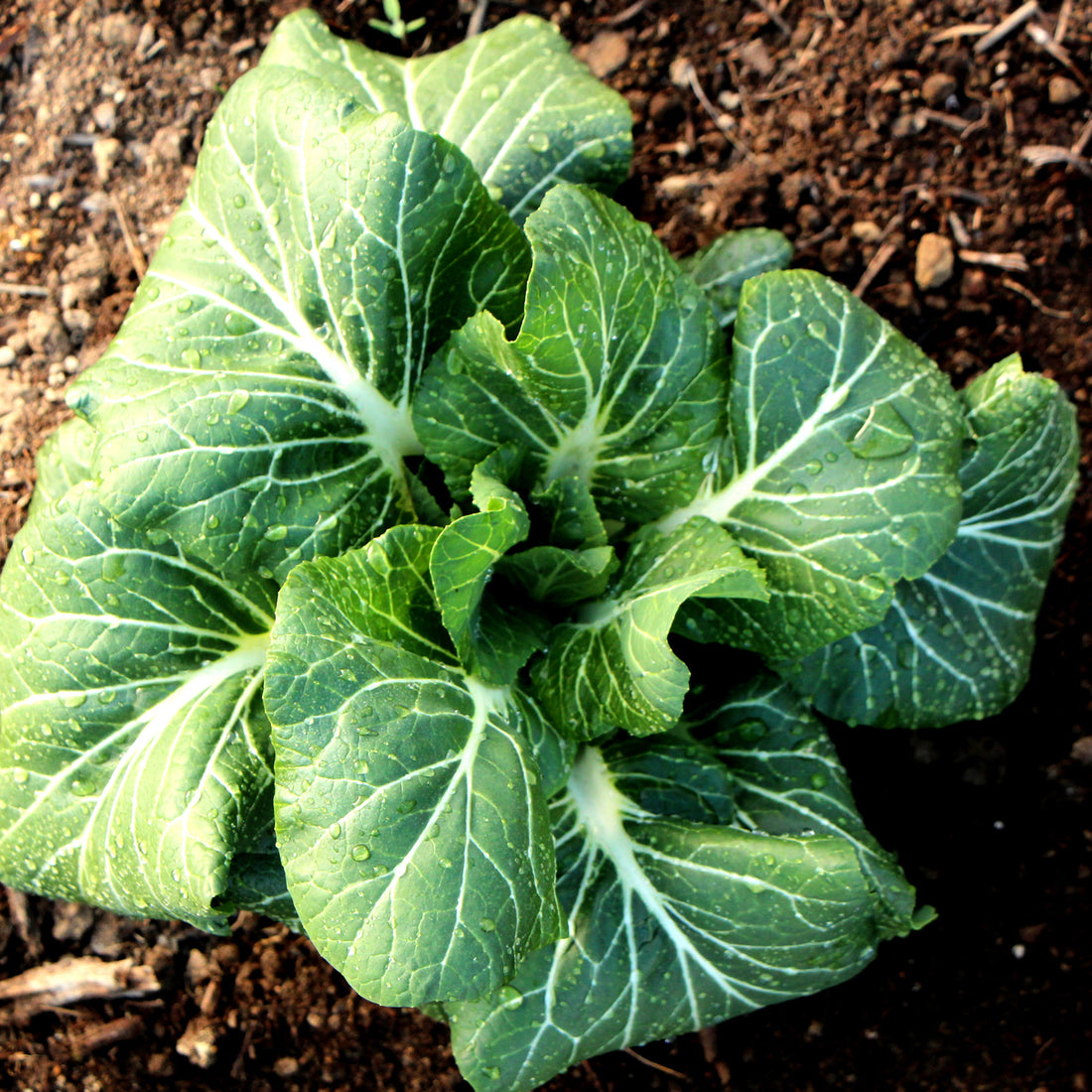Have you taken a bite of tomatoes from the grocery store lately? Notice how they do not taste like they used to? Grocery store tomatoes are watery and bland because they are harvested green to endure cross-country shipping and maintain long shelf life. These tomatoes are sprayed with ethylene, a chemical that makes them appear red, before being diced and tossed into your pastas and salads.
Flavor and nutrition have been replaced with long shelf life, fast growth, and uniform appearance. Commercial vegetable varieties with these characteristics have been marketed to such an extent that traditional vegetable varieties are being replaced. As a result, heirloom vegetables are being driven to extinction. This list is just a few of the endangered heirloom tomatoes:
- My Girl Tomato
- Kenilworth tomato
- Ryder's Midday Sun Tomato
- Whippersnapper Tomato
- Beefsteak Tomato
- Broad Ripple Yellow Currant Tomato
- Pink Cherry Tomato
- Hugh's Tomato
- Tomato Tiger Tom
- Aunti Madge's Tomato
The disappearance of heirloom vegetables
Heirloom vegetables are vital to our future and yet they are disappearing by the hundreds. Commercial vegetables that are designed to resist certain diseases and are bred to contain only certain genetic information are increasingly dominating the market. Purchasing non-hybrid and non-genetically modified vegetable seeds is becoming more and more difficult. Even commercial seed packets marked with the word “heirloom,” and vegetables purchased from organic farmers, are most likely hybrid and genetically modified varieties.
Losing vegetable varieties threatens our food supply
An increasing lack of genetic diversity in our crops caused by the disappearance of vegetable varieties puts the world’s food supply at risk. Diversity allows the species to adapt to various pests and diseases. While some may be killed off, others will be immune to the epidemic and thrive. No one can know what the future holds; what genes will be the most important to us in 50 years, which diseases and pests will be around, or what the earth’s climate will be like. As vegetable diversity shrinks, our food is almost entirely susceptible to epidemics and infestations. Only 6 varieties of corn made up 70% of US corn crops in the 1970’s. Between 1970 and 1971, a single fungus wiped out many of the US corn crops; about 250 bushels of corn were lost in Illinois alone.
We lose a vital resource with every heirloom that goes extinct
In addition to losing a vital food resource as heirloom vegetables grow extinct, there are other benefits of heirlooms that we lose as well. We loose the ability of vegetables to grow without the help of chemical pesticides and fertilizers. We lose vegetables that have exquisite taste. We lose vegetables that naturally store well without any genetic modifications. We also lose vegetables that produce crop over long periods of time, reducing the threat of famine, in contrast to commercial varieties that are bred to crop all at once.
A closer look at endangered vegetable varieties
There are hundreds of vegetable varieties that have already gone extinct. Only 5% of US apple varieties that existed just 200 years ago still exist today. Ninety percent of vegetable varieties have gone extinct over the last 100 years in the UK. The crimson flowered broad bean, the Champion of England Pea, the Bath Cos Lettuce, and the Rowsham Park Hero Onion are just a few examples of vegetables that are already lost forever.
Hundreds of heirloom vegetable varieties are on the brink of extinction and sit on the endangered list. The following is a list of some of the most endangered heirlooms:
- The Runner Bean
- The Dwarf French Bean
- The Kale Daubenton
- The Afghan Purple Carrot
- The Red Elephant Carrot
- The Shetland Cabbage
- The Walla Walla Sweet Onion
- The Giant Tree Tomato
- The Macedonian Sweet Pepper
- The Crimson Giant Radish
- The Salford Black Runner Bean
- The Boothby's Blonde Cucumber
- The Colossal Leek
- The Loos Tennis Ball Lettuce
- The Rousham Park Hero Onion
- The Mrs Fortune's Climbing French bean
- The Blue Coco Climbing French Bean
- The Gravedigger Pea
- The King of the Ridge Cucumber
- The Jeyes Pea
- The Brighstone Dwarf French Bean
If we do not focus on growing, saving, and preserving these endangered vegetable varieties, we will continue to lose vital food resources. By growing heirloom vegetables you help to preserve the genetic resources that prevent future crop epidemics and famines.
